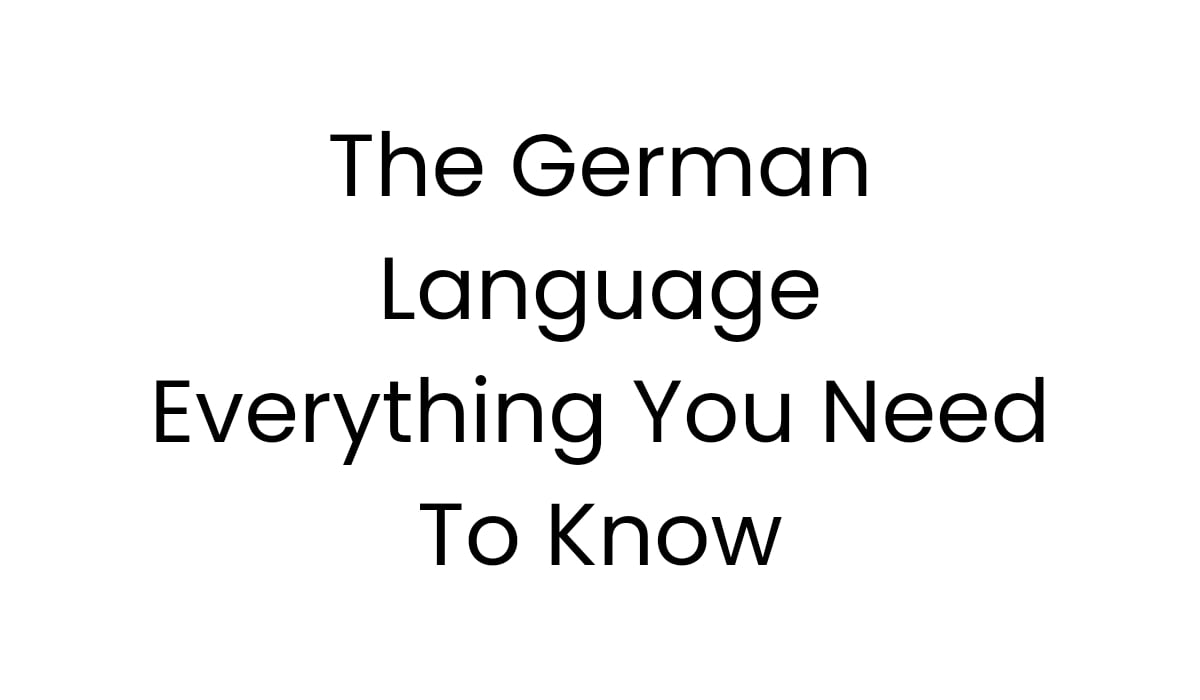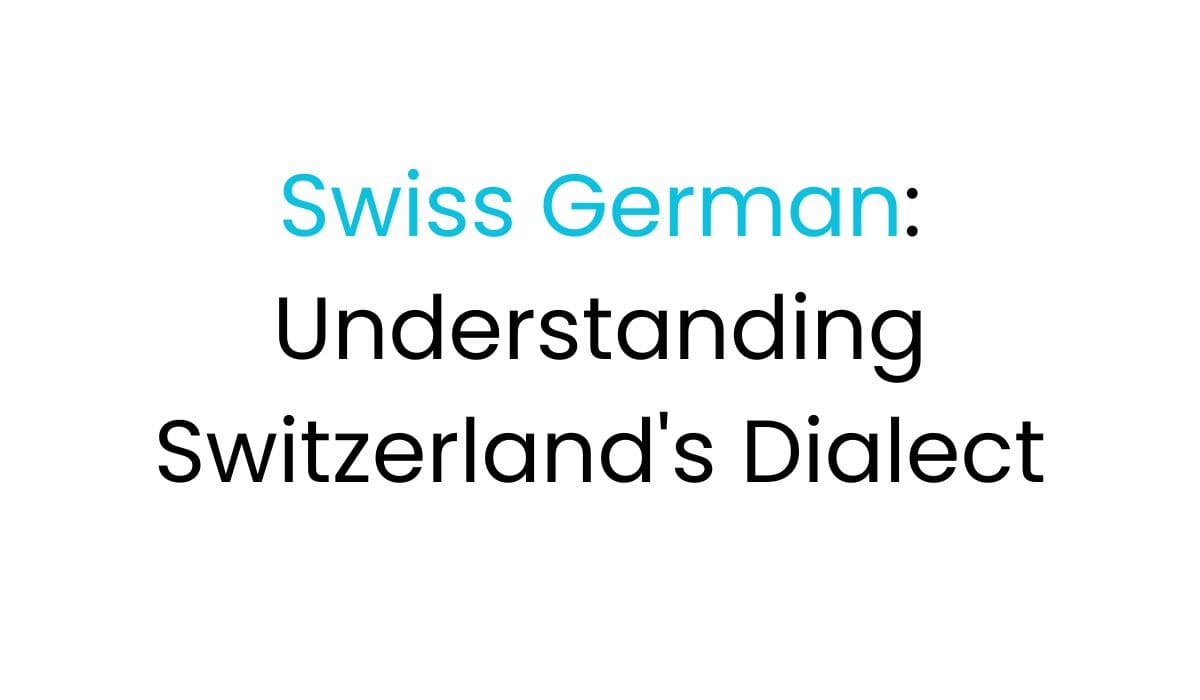German compound words are a unique part of the language. They mix words together to create new, powerful terms. This way, German speakers can express complex ideas clearly and efficiently.
Creating compound words is more than just putting words together. Each one tells a story, showing how the German language can blend words to convey deep meanings. Whether it’s about everyday things or abstract ideas, compound words offer a beautiful way to share thoughts.

Key Takeaways
- German compound words merge multiple words into a single, meaningful term
- Noun compounding allows for precise and creative language expression
- Compound words reflect the structural flexibility of the German language
- Understanding these word formations enhances language comprehension
- Compound words can describe complex ideas with remarkable brevity
- Key Takeaways
- The Building Blocks of German Compounds
- Historical Development of Word Combining
- Role in Modern German Language
- Gender and Number Rules
- Letter Insertion Guidelines
- Pronunciation Patterns
- Common Adjective-Noun Patterns
- Meaning Transformations
- Usage in Daily Speech
- Household Terms
- Business and Professional Vocabulary
- Social Interaction Words
- Literary Usage
- Modern Media Influence
- What exactly are German compound words?
- Why are German compound words so long and complex?
- How do I determine the gender of a German compound word?
- Are there any rules for creating German compound words?
- Can I create my own German compound words?
- What is the longest German compound word?
- How can I improve my understanding of German compound words?
- Do native German speakers always use very long compound words?
- Are German compound words unique to the German language?
- How do compound words reflect German culture?
Understanding German Word Formation Basics
German word formation is a unique part of the language. It’s not just about combining words. It’s a complex system that lets people create precise and creative terms.
Compounding is key in German word formation. It lets speakers make complex terms by joining multiple words. This way, German can make very specific vocabulary easily.
The Building Blocks of German Compounds
The main parts of German word formation are:
- Nouns as primary building blocks
- Adjectives for descriptive elements
- Verb roots for action-oriented compounds
- Prefixes and suffixes for nuanced meanings
Historical Development of Word Combining
German word formation has a long history. It has evolved over centuries. Compounding became a way to grow vocabulary without new words.
| Era | Word Formation Characteristics |
|---|---|
| Medieval Period | Simple noun combinations |
| Modern German | Complex multi-word compounds |
| Contemporary German | Highly specialized technical terminology |
Role in Modern German Language
In today’s communication, German word formation is very important. Terms like “Rechtsschutzversicherungsgesellschaften” show how German can express complex ideas in one word.
To get good at German word formation, you need practice. Understanding the language’s rules helps. By breaking down complex words, learners can discover German’s vast vocabulary.
Types of German Compound Words
German lexical semantics opens a world of word creation through compound words. As an agglutinative language, German is very flexible. It combines different word types to make unique and expressive terms.
The main types of German compound words are:
- Noun + Noun: Making descriptive terms like Glühbirne (lightbulb, literally “glowing pear”)
- Adjective + Noun: Creating words such as Großeltern (grandparents)
- Verb Stem + Noun: Forming terms like Waschmaschine (washing machine)
- Preposition + Noun: Making words like Vorort (suburb)
German compound words show a lot of meaning. They are full of creativity. Here are some fun examples:
- Drachenfutter (apology gift, literally “dragon fodder”)
- Drahtesel (bicycle, meaning “wire donkey”)
- Fingerhut (thimble, translating to “finger hat”)
Linguists find two main types of compound words in German:
- Determinative compounds: The first word changes the meaning of the second (e.g., Apfelbaum – apple tree)
- Copulative compounds: Both parts have the same meaning (e.g., Strumpfhose – pantyhose)
Learning about these complex word structures helps us see German’s amazing flexibility. It shows how German uses agglutinative language structures to create words.
Essential Rules for Creating Compound Words
German morphology is fascinating for word formation. It lets speakers create complex, meaningful compounds. Knowing the rules for making compound words is key to mastering German.
German compound words have clear rules for their structure. This makes creating them systematic yet creative. They combine different word parts to create new, detailed meanings.
Gender and Number Rules
The gender and number of a German compound word depend on its final noun. This rule helps understand compound word structure:
- The last noun always dictates the compound’s gender
- Only the final noun undergoes declension
- Preceding elements modify the primary noun’s meaning
Letter Insertion Guidelines
German word formation uses Fugenlaut for smooth connections between word parts. Common connecting letters are:
- -e-: Most frequent connector
- -er-: Used in specific word combinations
- -n-: Connects certain word types
- -s-: Appears in particular compound structures
Pronunciation Patterns
German compound words have specific pronunciation patterns. The stress usually falls on the first syllable of the main word. This creates a rhythmic, predictable sound.
The beauty of German compound words lies in their ability to capture complex concepts with remarkable precision.
Noun Combinations and Their Structure
In Germanistik, the study of German compounds shows interesting patterns. German noun combinations are more than just putting words together. They form a complex system of word creation.
German noun compounds have two main parts: the Bestimmungswort (determiner) and the Grundwort (primary word). These parts create deep meanings that define the word’s essence.
- Classic noun combination examples include:
- “Orangensaft” (orange juice)
- “Zahnbürste” (toothbrush)
- “Arbeitskraft” (worker)
The structure of these compounds shows complex rules. Researchers in Germanistik have found specific ways to form compound nouns:
- Addition of connecting elements like -s or -es
- Incorporation of plural forms
- Semantic modification through noun positioning
| Compound Type | Structure | Example |
|---|---|---|
| Simple Combination | Noun + Noun | Zahnbürste |
| With Connector | Noun + -s + Noun | Staatsexamen |
| Plural Integration | Plural Noun + Noun | Krankenschwester |
The study of German compounds shows how the final noun shapes the word’s grammar. It highlights the complex beauty of German language.
Language is a living organism, and German compound nouns are its most intricate cells.
The Art of Combining Adjectives and Nouns
German word formation is a creative way to mix adjectives and nouns. It shows how flexible the German language is. This flexibility lets speakers make precise and detailed expressions.
To understand these combinations, we need to explore german word formation. These mixes turn simple words into complex ideas. They capture deep meanings.
Common Adjective-Noun Patterns
Compound adjectives in German have certain rules. Some patterns include:
- Direct combinations like blauäugig (blue-eyed)
- Descriptive compounds such as kostenlos (free)
- Nuanced terms like altertümlich (old-fashioned)
Meaning Transformations
When adjectives and nouns come together, they create new meanings. For example, blassblaue (pale blue) shows how two words can make a more exact color description.
| Base Words | Compound Result | Meaning |
|---|---|---|
| blass (pale) | blassblaue | Pale blue shade |
| arbeits (work) | arbeitslos | Unemployed |
Usage in Daily Speech
These compound words are not just interesting. They are key to everyday German talk. They help speakers share complex ideas quickly. This shows the language’s skill in forming words.
Verb-Based German Compound Words
German morphology is full of creativity, especially with verbs. These verbs mix with nouns or other parts to form new words. These words capture complex ideas in a simple way.
Verb-based compounds often turn into nouns. This shows how dynamic the German language is. For example, Waschmaschine (washing machine) combines waschen (to wash) with Maschine (machine).
- Verb stems are key in making compound words
- These words describe actions, processes, or objects related to activities
- Knowing how verbs fit into compounds helps learners understand German better
Here are some interesting examples of verb-based compounds:
- Wanderlust: It mixes “wandern” (to walk) with “Lust” (desire)
- Ohrwurm: It combines sounds and crawling
- Hochhaus: It merges vertical movement with building description
To learn these compounds, break them down into their basic parts. Use media and systematic study to improve. This will help you grasp German word formation better.
Most Common German Compound Words in Daily Use
German compound words show off the language’s creativity. They are made by combining words to create new ones. This makes German very good at describing complex ideas in simple words.
German words are full of interesting compound words. These words make talking about everyday things more fun and detailed. Let’s look at how they add color and clarity to our conversations.
Household Terms
- Kühlschrank (refrigerator): Cool + Cabinet
- Staubsauger (vacuum cleaner): Dust + Sucker
- Wasserkocher (kettle): Water + Boiler
- Geschirrspüler (dishwasher): Dish + Washer
- Taschenlampe (torch): Bag + Lamp
Business and Professional Vocabulary
| Compound Word | Literal Translation | Meaning |
|---|---|---|
| Zahnarzt | Tooth + Doctor | Dentist |
| Fernseher | Far + Seeing | Television |
| Flughafen | Flight + Harbor | Airport |
Social Interaction Words
Some compound words give us a peek into German culture. Handschuh (glove) is literally “hand shoe.” Weichei (wimp) is a mix of “soft” and “egg,” showing a vivid way to describe someone.
German compound words are like linguistic puzzles, each piece fitting perfectly to create meaning.
These examples show how German words can blend together. They create precise terms that capture complex ideas well.
Famous Long German Compound Words
German compound words are a fascinating part of the language. They show how agglutinative languages can mix different ideas into one word. These words are long and carry complex meanings with great detail.
Some German compound words are truly impressive. They show the language’s skill in making long vocabulary. Here are a few examples:
- Donaudampfschifffahrtsgesellschaftskapitän (63 letters): A word meaning “Danube steamship company captain”
- Rindfleischetikettierungsüberwachungsaufgabenübertragungsgesetz: A term for “beef labeling supervision duties delegation law”
- Kraftfahrzeug-Haftpflichtversicherung: “Motor vehicle liability insurance”
These words are not just oddities. They show German’s ability to make precise, detailed descriptions. The way German words stick together lets speakers make very specific terms. These would need whole phrases in other languages.
“Language is the road map of a culture. It tells you where its people come from and where they are going.” – Rita Mae Brown
Even though these words are long, they show German’s skill in sharing complex ideas. Each part of the word adds to the meaning, making a detailed puzzle. This way, German can express complex ideas in a few words.

Cultural Impact of German Word Formation
These are more than just interesting words. They show us the culture of German-speaking people. The study of germanistik helps us see how language shows deep cultural meanings, especially in how words are formed.
The way German compounds work shows a deep cultural approach to talking. These special words show the German love for being clear, efficient, and detailed.
Literary Usage
In German books, compound words are key for telling stories and adding depth. Writers use these words to:
- Create detailed, rich descriptions
- Express complex feelings
- Make unique voices in stories
Think of famous words like Wanderlust and Zeitgeist. They have become known worldwide.
Modern Media Influence
Today’s media loves the creativity of German word making. Ads, news, and online sites use compound words to share complex ideas simply.
- Social media loves clever compound word jokes
- Journalists use exact words to share complex ideas
- Digital creators use these new words
German compound words keep shaping how we talk, showing a long tradition of creative and precise language.
Practical Tips for Mastering German Compound Words
Learning German word formation needs a plan. Start by breaking down complex words into simple parts. This helps in understanding and making compound words better.
Here are some tips to get good at German compound words:
- Start with simple word combinations to build foundational skills
- Learn German cases to recognize word endings and inflections
- Use flashcards focused on common prefixes and roots
- Immerse yourself in German media to understand contextual usage
Decoding compound words involves some key techniques. Context analysis is very important. When you see a new compound word, break it down. Look at how its parts work together.
“Learning compound words is like solving a linguistic puzzle” – German Language Experts
Practice is the best way to get better at German word formation. Use grammar apps and get used to German words. This will help you understand and make complex compound words.
- Analyze examples like “Freundschaftsbeziehungen” (friendship relationships)
- Practice writing compound words in sentences
- Study different compound word types: descriptive, determinative, and copulative
Learning German compound words takes time. Be patient and keep practicing. With time, you’ll get better at understanding and using these words.
Conclusion
German compound words are more than just words put together. They show the depth and creativity of German language. They help learners understand a precise and expressive way of speaking.
Learning these words is a journey into German culture. It teaches learners how Germans think and communicate. By learning how these words are made, learners can understand complex ideas better.
Practice is essential to get good at German compound words. Watching German media, using flashcards, and speaking the language helps. German compound words make complex ideas easy to share.
Keep learning German and enjoy its unique way of forming words. Every compound word you learn brings you closer to understanding German culture. It’s not just about language; it’s about a way of thinking.
FAQ
What exactly are German compound words?
Why are German compound words so long and complex?
How do I determine the gender of a German compound word?
Are there any rules for creating German compound words?
Can I create my own German compound words?
What is the longest German compound word?
How can I improve my understanding of German compound words?
Do native German speakers always use very long compound words?
Are German compound words unique to the German language?
How do compound words reflect German culture?
Oualid Cheddadi is a language enthusiast who created Lingualid with the mission to inspire independent language learners worldwide, regardless of the language they are learning. The name “Lingualid” is derived from the Portuguese word for “language,” “língua,” and the last three letters of Oualid’s name, “Lid.”



